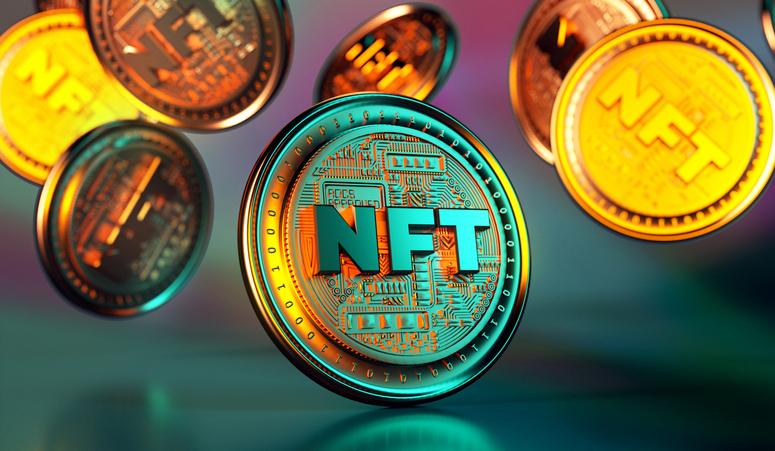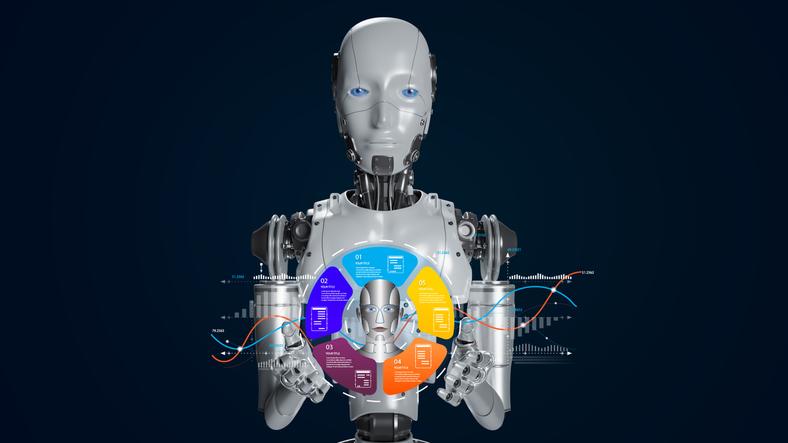The Metaverse is an immersive digital space where people from all over the planet can connect, curate a life, and experience things together in real time: this exciting space makes new ways of human interaction possible and is set to usher in a new way of living. Lets look at some of the key terms you might encounter when exploring the Metaverse.
Metaverse
The Metaverse is a digital space that exists online. It is a network of 3D virtual worlds focused on social connection, collaboration, and decentralisation in which augmented reality, virtual reality, and artificial intelligence will be major components. The hyper-real platforms offer more visceral, immersive social experiences than anything we’ve seen before. This is not just about socialising but means huge potential for businesses to connect and build relationships with their users, and even offer a new generation of virtual products and experiences within the platform itself, all of which give birth to a new kind of creator economy.
Virtual Reality
Also commonly written as VR, virtual reality is an immersive experience within an environment wholly generated through computer technology. Users can be fully immersed in these simulated realities with the help of dedicated VR headsets, haptic touch and even environmental feedback, which enables a 360º view of a virtual world which people can move in and interact with.

Augmented Reality
Augmented Reality (AR) overlays digitally-generated images onto the real world. Users can make use of a device like their mobile phone or table to overlay graphics and sounds onto their real-life environments. Some examples of AR technology in use include Instagram filters, Snapchat’s lenses and Pokémon Go.
Digital Asset
Anything that exists in the digital world of the Metaverse, and that has distinct value and usage rights, is a digital asset. These can exist in any format, from digital photographs or AI-generated images to audio clips, written documents or even cryptocurrency.
How do you know who owns it? That’s where the blockchain comes in.
Blockchain
A blockchain is a platform that enables a shared record of information that is maintained and updated by a network of computers instead of a central authority. A blockchain can also be described as distributed ledger technology (DLT). This distributed ledger uses cryptography to confirm, carry out and secure transactions.
The very nature of a blockchain is that it is virtually immune to hacking and tampering since all copies of data are stored across the network and not in a single place. Another advantage comes from the fact that simultaneous (peer-to-peer) sharing and updating of records enables much faster and more effective processes.
Blockchain is the technology that underpins cryptocurrencies.

Web 3.0
It’s the next-generation Internet. Web 1.0 was the ancient online world of static web pages, while Web 2.0 is the platform-based Internet that we know and use today. Web 2.0 is all about user-generated content like blogs, vlogs, wikis, social media posts, etc. In Web 2.0 users are both consumers and creators of content, and Big Tech companies run the show.
Web 3.0 is the next step, characterised by decentralisation, blockchain technology, artificial intelligence (AI), token-based economics and – you guessed it – the Metaverse.
Digital Token
When you were reading the Web 3.0 entry, you may have scanned past the “token-based economics” bit. Here’s where that becomes important. In the Metaverse (as in the real world), you’ll need money to pay your way. But instead of cash, coins and credit currency, you’ll use digital tokens. Those digital tokens could be cryptocurrencies, which you’ll store in a digital wallet.

Avatar
No, it’s not the epic sci-fi movie with the blue cat people… but the concept is pretty similar. In the Metaverse, an avatar is a 3D digital character that represents you in a virtual world. You get two kinds: immersive avatars and traditional avatars. Traditional avatars are a feature of Web 2.0: it’s the icon that represents you in an online forum or on social media, like the personalised cartoon on Snapchat or the infamous egg in the early days of Twitter.
Immersive avatars take that concept even deeper, becoming your persona in the virtual world. Immersive avatars can walk, talk and dance – a lot like a playable character in a video game like Fortnite. Best of all: you get to choose what your avatar looks like.
Cryptocurrency
A cryptocurrency is a form of decentralised digital currency, which is designed to not rely on any government or central bank to uphold it. Cryptocurrency is exchanged through the blockchain and is stored in crypto wallets. Popular examples of crypto include:
Bitcoin: Bitcoin is a decentralised digital currency and the first cryptocurrency made available to the public. Like most cryptocurrencies, it lacks a central bank or single administrator. That means that it can be sent from user to user on the peer-to-peer bitcoin network without the need for intermediaries.
Other examples include Ether, Solana, Uniswap, Aave, Stellar Lumen, and Chainlink.
Artificial Intelligence
Artificial Intelligence (AI) refers to the simulation of human intelligence in machines that are programmed to think, learn, and perform tasks typically requiring human intelligence. It encompasses a variety of technologies and techniques that enable machines to analyze data, recognize patterns, make decisions, and adapt to changing circumstances.
AI can be categorized into two types: narrow or weak AI, which is designed for a specific task, and general or strong AI, which possesses the ability to understand, learn, and apply knowledge across a wide range of tasks, akin to human intelligence. Examples of AI applications include natural language processing, image recognition, machine learning, and robotics.

Chatbot
Chatbots are computer programs designed to simulate conversation with human users. These artificial intelligence (AI) systems utilize natural language processing and machine learning algorithms to understand and respond to user queries or commands. Chatbots can be integrated into various platforms, such as websites, messaging applications, or mobile apps, providing users with a conversational interface to interact with a system or service.
Digital Twin
Some of the objects and structures in the Metaverse are entirely unique and exist only in the digital world. But then you get digital twins, which are virtual counterparts of real-world objects. These are physical spaces that have been cloned in the virtual world, for any number of reasons. You could use a digital twin to run online tests on a piece of machinery, or you could recreate a space for virtual tourism.
Either way, whether your avatar is walking through a virtual version of the Sistine Chapel or running a stress test on a virtual version of the latest concept car, you’re in the realm of the digital twin.
MMORPG
Massively multiplayer online role-playing games (or MMORPGs) are interactive games where many people play and interact in a shared digital space. Sometimes their avatars are trying to kill each other (like in a Fortnite Battle Royale), and sometimes they’re just chilling out and chatting (like in Minecraft). Both are forms of the Metaverse and are fun to play.
Haptic Feedback
Haptic feedback refers to the tactile sensation or feedback provided to a user through touch or vibration in response to their interaction with a digital device or interface. It enhances the user experience by simulating the sense of touch, allowing users to feel physical sensations such as texture, resistance, or vibration, typically through the use of vibrating motors or actuators embedded in the device.




